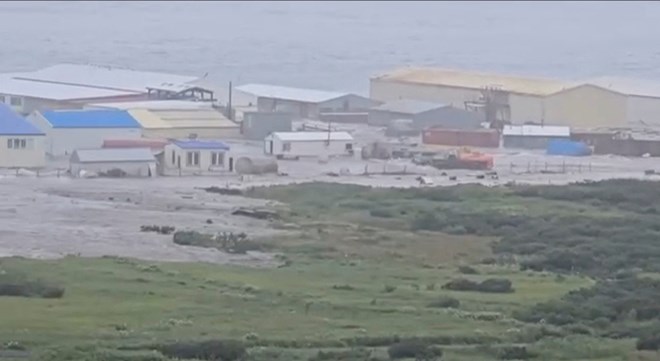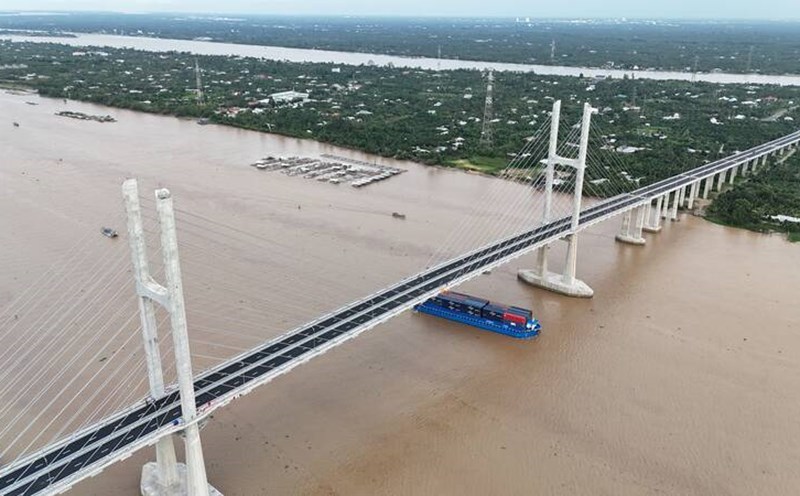
The 8.8-magnitude earthquake off the Kamchatka Peninsula (Russia) on July 30 was considered one of the largest earthquakes recorded in the region in decades.
However, according to Conversation, contrary to initial concerns, the subsequent Tsunami were significantly lower than warnings. Experts say that geological characteristics, location of the impact center and direction of energy propagation are the main factors that make the consequences of this Tsunami lighter than expected.
According to the US Geological Services Administration (USGS), the earthquake occurred at a depth of about 19km, more than 130km from the mainland. Reverse fracture mechanisms are often the main cause of strong cyclones recorded in the Kuril- Kamchatka subduction zone, where the Pacific Ocean is pushed down the Okhotsk region at a speed of more than 70mm per year.
The depth and location far from the center of the earthquake caused much of the earthquake's energy to be consumed in the underground and seabed, instead of being directly reflected on the water surface as in previous cases of serious sunnyising.
Initially, many countries around the Pacific have issued an emergency warning. Japan has predicted a possible 3m high wave along the northeast; the US has issued a warning to Hawaii, Alaska and the West Coast. However, in reality, when the waves arrived, the height recorded was much lower: in Japan it was only from 60cm to more than 1m, in Hawaii it ranged from 1-1,5m, and in Russia the waves were recorded to be about 3-5m high. Most other areas, including California and the Philippines, have seen only light waves of 30-50cm. Many places then quickly upgraded or removed warnings.
Experts say that although the break stretched nearly 400km with a wide area of impact, the main direction of wave propagation did not directly affect densely populated areas. The bottom sea terrain in this area also contributes to the decline of wave amplitude when transmitting far away. At the same time, thanks to the early warning system and quick response from the authorities of the countries, the evacuation was carried out promptly, helping to minimize damage despite large-scale earthquakes.
According to Science News, this event is proof that not all major earthquakes bring about Tsunami disasters. However, scientists warn that high alert should still be maintained for areas in the "Pacific Ring Road", which accounts for the majority of strong earthquakes in the world. Because just a small change in the direction of the break, depth or terrain of the seabed can completely change the impact of sunflowers on the coasts of neighboring countries.











